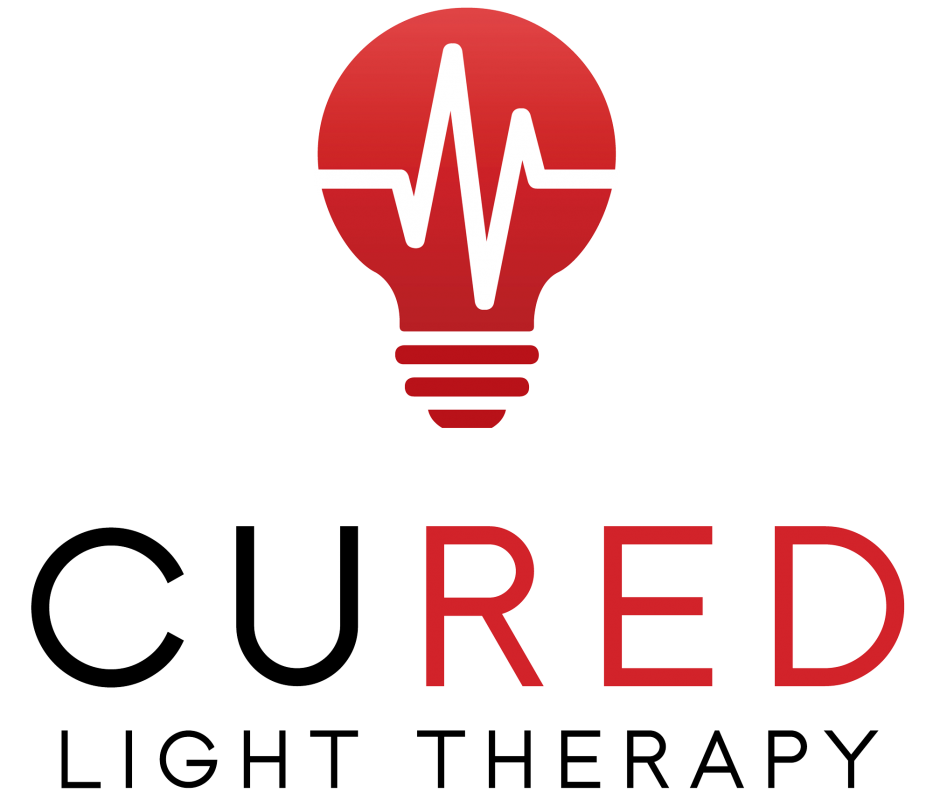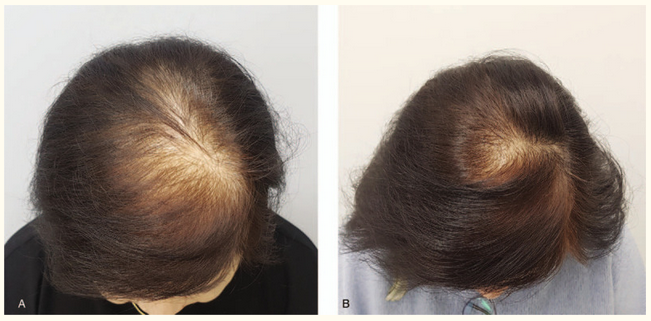On average 57% of men and 40% of women suffer from hair loss.
On average 57% of men and 40% of women suffer from hair loss. By age 35, about 40% of men suffer from visible hair loss, while this percentage jumps to 65% by age 60. That means nearly half of men in their late 40s or early 50s suffer from noticeable hair loss.
In women, research suggests that about 40% of women over the age of 40 suffer from hair loss. According to the International Society of Hair Restoration Surgery survey, about 80% of women suffer from some degree of hair loss by the age of 60. (1)
Causes of Hair Loss
People typically lose 50 to 100 hairs per day. This is usually not noticeable because new hair is growing in it at the same time. Hair loss occurs when new hair does not replace fallen hair.
- Family history (heredity). The most common cause of hair loss is a hereditary condition that occurs with age. This condition is called androgenic alopecia, male pattern baldness, and female pattern baldness.
- Hormonal changes and medicalconditions. A variety of conditions can cause permanent or temporary hair loss, including hormonal changes due to pregnancy, childbirth, menopause and thyroid problems. Medical conditions include alopecia areata (2), which is related to the immune system and causes hair loss, scalp infections such as ringworm, and a hair pulling disorder called trichotillomania.
- Medicines and supplements. Hair loss can be a side effect of certain medications, such as those used for cancer, arthritis, depression, heart problems, gout, and high blood pressure.
- Persistent stress or astressful event. Many people experience general hair loss several months after a physical or emotional shock. This type of hair loss is temporary. If one experiences prolonged stress, this can also cause additional hair loss or thinning of the hair.
- Vitamin B12 deficiency. A lack of vitamin B12 can make you feel tired and low on energy. Vitamin B12 deficiency often causes hair loss, as it can affect the health of red blood cells, which carry oxygen to your tissues.
- Iron deficiency / anemia. One of the most common causes of hair loss in women is iron deficiency. Iron is essential for the production of hair cell protein, without it your hair can suffer.
- Haircuts and treatments. Excessive hair styling or hairstyles that pull your hair taut, such as pigtails or cornrows, can cause a type of hair loss called traction alopecia. Hair treatments and hot oil perms can also cause hair to fall out. If scarring occurs, hair loss can be permanent.
Scientifically proven effect of Red Light Therapy on hair loss
Red and near infrared light promotes the transition of the hair follicles from the telogen phase back to the anagen phase, allowing a longer duration in the growth phase and thus hair growth. Not only that, but RLT can also increase the growth rate in the anlagen phase while excluding premature catagen phases, leading to healthier hair.
(3) Hair vertex view of global photography of a 62-year-old female patient in the treatment group diagnosed with Ludwig type II hair loss. Compared to baseline, there was a 25% increase in hair density and a 3.1% increase in hair thickness after 16 weeks.
A. Baseline, B. 16 wk.
Treating hair loss with Red Light Therapy.
Red light therapy or Low Level Laser Therapy (LLLT) is a non-invasive effective hair loss treatment that uses light therapy to stimulate cell growth in the hair follicles. It works by moving hair follicles into the growth phase in different ways. (4)
It increases the production of ATP and the metabolic process of the cells. The light works to increase blood flow and nutrients to the hair follicles, encouraging dormant follicles to reawaken and rejuvenate hair follicles that have begun to die. (5)
LLLT has been proven to improve hair volume, strength and hair skin and condition. LLLT is also painless and free of side effects. (6)(7)
Primarily, LLLT is used to treat male pattern baldness & female hair loss. Several studies have shown that red light therapy can slow or stop hair loss in up to 85% of patients and up to 55% gained new hair growth. A scientific study of 42 women showed that hair growth increased by as much as 37% (counting the number of hairs in a marked spot on the head.) (8)
A large body of research has shown that Red Light Therapy is effective for hair loss, especially on active follicles or follicles that are inactive. For this reason, it is recommended to start Red Light Therapy as soon as possible, in the earliest stages of hair loss, for best results. Combining LLLT with other therapies has also been shown to increase the effectiveness of each of the treatments alone.
Shine the CURED Light Therapy device on your hair and scalp. With just 10-15 minutes a day you can maintain your hair, skin and scalp and prevent or limit baldness.
Sources:
(1) Hair Loss and Baldness Statistics
https://www.statisticbrain.com/hair-loss-statistics/
(2) alopecia areata
https://www.ncbi.nlm.nih.gov/pmc/articles/PMC5573125/
(3) Photo: Low-level light therapy using a helmet-like device for the treatment of androgenetic alopecia
https://www.ncbi.nlm.nih.gov/pmc/articles/PMC7373546/
(4) Efficacy and safety of a low-level laser device in the treatment of hair loss in men and women: a multicenter, randomized, sham device-controlled, double-blind study
https://pubmed.ncbi.nlm.nih.gov/24474647/
(5) Low-level laser (light) therapy (LLLT) for the treatment of hair loss
https://pubmed.ncbi.nlm.nih.gov/23970445/
(6) Low-level light therapy using a helmet-like device for the treatment of androgenetic alopecia
https://www.ncbi.nlm.nih.gov/pmc/articles/PMC7373546/
(7) Low Level Laser Therapy and Hair Growth: An Evidence-Based Review
https://pubmed.ncbi.nlm.nih.gov/26690359/
(8) Human scalp hair growth in women using visible red light laser and LED sources
https://www.ncbi.nlm.nih.gov/pmc/articles/PMC4265291/




